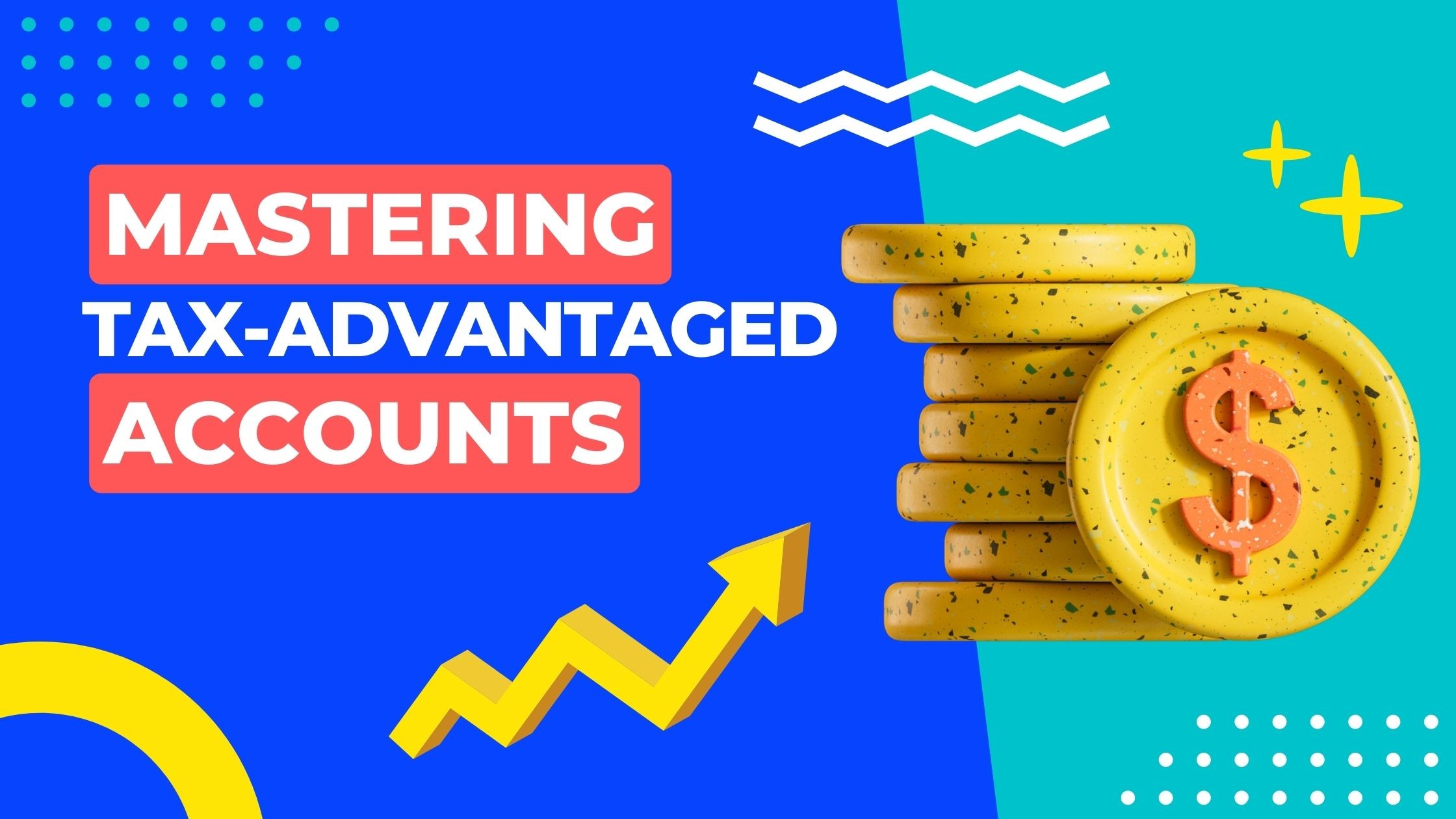In the pursuit of long-term financial security and wealth accumulation, the astute investor recognizes that simply earning money is only half the equation. The other, equally critical half involves minimizing the impact of taxes on those earnings and their subsequent growth. This is where tax-advantaged accounts emerge as indispensable tools, offering powerful incentives that can significantly accelerate the journey towards financial independence. Far from being arcane financial instruments reserved for the ultra-wealthy, these accounts are accessible to a broad spectrum of individuals, providing strategic benefits that compound over time. Understanding their nuances and leveraging them effectively is a cornerstone of intelligent financial planning, akin to a savvy business optimizing its tax strategy to maximize profits and reinvest for future growth.
The core premise of tax-advantaged accounts is to offer specific tax benefits—either on contributions, growth, or withdrawals—designed to encourage long-term saving for particular goals, primarily retirement and education. These benefits typically fall into three main categories. First, contributions might be tax-deductible, reducing your taxable income in the year you contribute. Second, investments within the account grow tax-deferred, meaning you don’t pay taxes on capital gains or dividends until you withdraw the money, allowing your investments to compound untouched by annual tax levies. Third, certain accounts offer tax-free withdrawals in retirement, provided specific conditions are met. This strategic deferral or elimination of taxes on investment returns is the powerful engine that differentiates these accounts from standard taxable brokerage accounts, allowing wealth to compound more rapidly and efficiently.
Perhaps the most prominent examples of tax-advantaged accounts are those designed for retirement, such as **401(k)s and 403(b)s** (employer-sponsored plans) and **Individual Retirement Accounts (IRAs)**. Traditional versions of these accounts offer tax-deductible contributions, meaning the money you put in reduces your current year’s taxable income. The investments grow tax-deferred, and you pay taxes only upon withdrawal in retirement. This structure is particularly appealing for those in higher income tax brackets during their working years, as it allows them to defer taxes to what they hope will be a lower tax bracket in retirement. Imagine an individual earning a substantial salary; contributing to a traditional 401(k) not only reduces their immediate tax bill but also allows their investments to grow unhindered by annual capital gains taxes for decades, leading to a significantly larger nest egg.
Conversely, **Roth versions** of these accounts (Roth 401(k), Roth IRA) offer a different, yet equally powerful, tax advantage: contributions are made with after-tax dollars, meaning they are not tax-deductible in the current year. However, the magic happens on the back end: qualified withdrawals in retirement are entirely tax-free. This makes Roth accounts incredibly attractive for younger investors who anticipate being in a higher tax bracket in retirement than they are today, or for those who simply prefer the certainty of tax-free income in their golden years. A young professional just starting their career, perhaps in a lower tax bracket, could contribute to a Roth IRA, let their investments grow tax-free for 40 years, and then withdraw all gains without paying a cent in taxes in retirement. This foresight in choosing between “pay taxes now” or “pay taxes later” is a key strategic decision in wealth building.
Beyond retirement, other tax-advantaged accounts serve specific financial goals. **Health Savings Accounts (HSAs)**, for eligible individuals with high-deductible health plans, are often dubbed the “triple-tax advantage” account. Contributions are tax-deductible, investments grow tax-free, and qualified withdrawals for medical expenses are also tax-free. If used strategically, an HSA can effectively become a supplementary retirement account, as funds not used for medical expenses can be withdrawn for any purpose (subject to ordinary income tax) after age 65, much like a traditional IRA. This makes HSAs a uniquely powerful tool for simultaneous healthcare and retirement planning.
For educational savings, **529 Plans** stand out. Contributions to these plans are typically made with after-tax dollars, but the earnings grow tax-free, and withdrawals are tax-free when used for qualified educational expenses, including tuition, fees, room and board, and even K-12 private school tuition. Many states also offer a tax deduction or credit for contributions, providing an additional incentive. For parents planning for their children’s college education, a 529 plan can dramatically reduce the financial burden by allowing investment gains to accumulate untouched by annual taxes, providing a substantial boost compared to saving in a regular taxable account.
The true power of these accounts lies in the long-term impact of **compounding without the drag of annual taxation**. In a taxable brokerage account, every time an investment pays a dividend or realizes a capital gain, you owe taxes on that gain, effectively reducing the amount of money that can be reinvested and compounded. In a tax-deferred or tax-free account, all those earnings remain within the account, continuously generating more earnings, creating a snowball effect that dramatically accelerates wealth accumulation over decades. This powerful synergy between tax advantage and compound growth is the secret sauce that makes these accounts indispensable for wealth building.
To effectively leverage these accounts, individuals should prioritize contributions, especially to employer-sponsored plans where companies often offer a matching contribution—essentially free money. Maxing out these contributions, particularly for Roth accounts at younger ages, is a highly effective strategy. Understanding the annual contribution limits, catch-up contributions for older individuals, and income limitations for certain accounts is also crucial. Furthermore, selecting appropriate investments *within* these accounts is as important as the accounts themselves; broad-market index funds or diversified ETFs are often excellent choices for long-term growth.
In conclusion, using tax-advantaged accounts is not a mere financial formality but a strategic imperative for building substantial wealth and achieving long-term financial goals. By strategically deploying accounts like 401(k)s, IRAs (Traditional and Roth), HSAs, and 529 Plans, individuals can dramatically reduce their tax burden on investments, allowing the powerful force of compounding to work its magic unhindered. This informed and disciplined approach to financial planning ensures that every dollar saved and invested works harder, leading to greater financial security, independence, and the ability to live comfortably, transforming financial acumen into a tangible advantage in the pursuit of prosperity.



